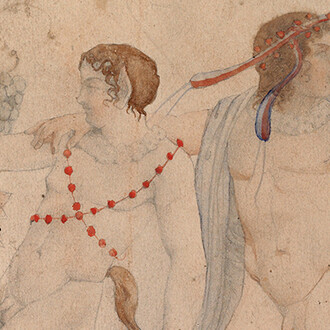Galerie Iragui is pleased to present a new project by Moscow artist Alexei Tregubov
The third exhibition of Alexey Tregubov at the gallery turns into a laboratory room where the experiment that poses a number of questions for the audience takes place. Where does the object end and begin? What is beyond its limit? How does the object move? What is time? Does the space change when it is being watched?
Alexey Tregubov considers experiments with the reverse perspective of space as the starting point of his artistic life – he started them when he was still at the Moscow Art School in Memory of Year 1905. Continuing his professional education at the Surikov Moscow State Academic Art Institute, he brings together the experience of non-linear understanding of space and the study of the influence of image on architecture. Working in the theater, the artist proceeds to the experimental study of stage space – the one that emerges as the result of relationship between the stage and the audience. Simultaneously, he opens a gallery of contemporary art “Room” in the theater where he states the main idea of his work: “space as the key to understanding the artist”. The artist subsequently develops this idea in his museum projects as an architect and curator.
The solo exhibition at Galerie Iragui is a concentration of the experience of various spatial sensations. The author uses a circle – like an eye pupil, a slot in space and in time – as a basis for his artistic method. By mixing different phases of movement in the same plane through circle patterns, using round mirrors through which a reflection of the gallery's dimensions can be seen, the artist offers to the viewer a special key to understanding the exhibition space.
The first experiments with motion photo-fixation conducted by Eadweard Muybridge in the 1880s–90s became an impetus for this work. They became the last forerunner of real cinematography. The artist's desire to stop time, to go back to images created over a hundred years ago and to re-interpret them, pushes him to re-interpret the classical art technique of “oil on canvas”. A mirror surface in the spatial experiment as a tool for reflecting something else – something unknown and painfully familiar at the same time – refers us to the photo-fixation of space and objects.













